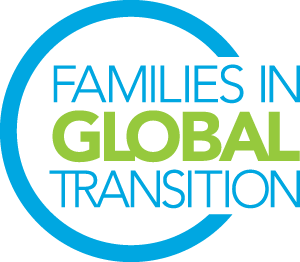International schools aren’t necessarily the open-minded and globalized spaces as may be commonly thought. In the second FIGT Conversations for Change, Dr. Danau Tanu, author of Growing Up in Transit, showed us how structural racism plays out in international schools and shared her vision for a different kind of integration.
.png)
On 28/29 July 2020, FIGT held its second Conversations for Change, with guest Dr. Danau Tanu, author of Growing Up in Transit: The Politics of Belonging at an International School, Honorary Research Fellow at the School of Social Sciences, University of Western Australia, and Co-Chair of the FIGT Research Network Affiliate. The conversation was hosted by FIGT Secretary and organizational psychologist Trisha Carter.
These Conversations are part of FIGT’s efforts to examine our privilege and to explore how our community might respond to racism, inequities, disparities, and discrimination around the world—particularly focusing on our globally mobile and cross-cultural community.
(Please scroll down to watch the recording of this Conversation.)

The recent swell of attention on Black Lives Matter in the US triggered discussions on race and power around the world. Within the international school circles, an article by an international school alum sparked a worldwide conversation on structural racism and diversity. The call for change was quickly followed by other articles, petitions, testimonies, and global panels from alumni, current students, educators and staff at accreditation authorities and hiring agencies. (See Resources section)
So what are the issues for international schools and what are the ways forward?
[Note: This report is based on Danau’s published research findings, which she shared in this Conversation, and anonymously incorporates comments from webinar participants. Please see the Resources section for links mentioned/shared during the webinar.]
Starting point: Acknowledging our own privileges
Trisha and Danau opened the session with an Australian custom which respectfully acknowledges the traditional owners of the land they are both living and working on: the Dharawal people (Southern Sydney, New South Wales) and the Noongar people (Perth, Western Australia).
Identifying our own privilege can be a powerful starting point to ease us into difficult conversations about inequities and power
They also welcomed the different communities and the global perspectives brought to the conversation by the participants—international school teachers and staff, parents and other family members of children in international schools, third culture kids (TCKs) who attended international schools (and others who didn’t), all seeking ways to better support students and build a better, more inclusive international school system.
Danau began with a reflection on how we all have racial biases and how we can be blind to the way our privilege may affect others. Identifying our own privilege can be a powerful starting point to ease us into difficult conversations about inequities and power, especially linked to race.
Within the international schools, for example, privilege could come from being able to speak English with a “native” accent, coming from a Western country or an English-speaking family, and being white or lighter-skinned, able-bodied, male and cis-gendered.
Being privileged in some ways does not mean the person is not underprivileged in other ways.
The challenge: Not recognizing structural racism in international schools
The fundamental problem is that too many—especially administrators, teachers, parents—don’t recognize that structural racism exists in international schools.
Schools prefer to say they are “colorblind,” that their school environment is open minded and globalized, especially compared to schools “back home.” Different races hang out together, they say. So what’s the problem?
But many students know that structural racism exists. Teachers of color know it exists.
It’s only that students are often unable to articulate what they see and teachers of color are scared of reprisal to say something.

Students’ perspectives
▶Shedding language and culture
The dominant narrative is that international schools are home for TCKs, but that’s not always true. As one participant shared, the values seen as the norm, as superior, were Western ones.
Being a child of an Indonesian father and Japanese mother and attending international schools, Danau herself experienced the dissonance of having to be, as she says, “Western by day and Asian by night.” At school, she could see the bond between the Western teachers and students but, as a child, she couldn’t understand why she wasn’t a part of it or that the bond was a result of shared culture.
... too many—especially administrators, teachers, parents—don’t recognize that structural racism exists in international schools.
Children can sense power from a very young age. They can see which is the power language and the culture that has the greater power, and they are drawn to it.
Under pressure to become Westernized and to speak English (one participant shared how in her school, she was not allowed to speak the local language), many students from non-Western, non-English-speaking families end up shedding a part of their home culture and language.
Many children internalize racism against their own people, including their parents. Some children grow up and find they can’t speak their family’s language fluently, some even claim needing a dictionary to write to their own parents after they’ve left home for college.
▶Self-segregation?
In the schools, teachers blame the kids who don’t integrate as self-segregating. But that’s not the whole picture, as Danau’s research with international school students revealed.
Non-Western students said that they tried to talk with the English-speaking kids—but the latter didn’t seem interested. Danau quoted one Korean student who explained:
“If I ask Korean friends, ‘Oh, what is the school homework,’ they tell you and they talk about other things: talk about teacher and how the other teachers that doesn’t give this homework but our teacher does and blah, blah, blah. … But if I go to the Western people then they’ll just tell me the homework, you know what I mean? And finish that talk” (from Growing Up in Transit).
Often, the kids who don’t speak English as their first language are quiet in mainstream classes. Teachers think that’s just how they are, that it’s their culture to be quiet, not participatory. But when in their home language class, those same students are chatting and laughing, actively engaging. They show a completely different personality.
 The international schools also tend to value not only sports but certain types of sports over others. Badminton, for example, was popular among Asian students and a national sport in Indonesia but it was not perceived as prominent at the school.
The international schools also tend to value not only sports but certain types of sports over others. Badminton, for example, was popular among Asian students and a national sport in Indonesia but it was not perceived as prominent at the school.
Many of the Asian students Danau talked with were in the strings group or the band, which played in school functions, but their contributions were little acknowledged compared to the contributions of athletes who played rugby, baseball, or track and field.
School leaders don’t always see this.
Schools’ perspective
So how do the actions of people within the school system—the administration or teachers—contribute to or alleviate systematic racism?
▶Gatekeeping: “They’re not really TCKs”
The teachers Danau spoke with in her research would say something along the lines of “everyone’s a TCK here…oh, except the Korean kids and Indonesian kids.”
When Danau explored this response, she realized that the teachers or administrators thought a student was “not really TCK” unless they fit their ideal of the integrated, English-speaking, Westernized student.
Administrators can act as gatekeepers, defining who should be at the school, who is valued, who gets selected to be on the school brochures—and who should not.
... teachers blame the kids who don’t integrate as self-segregating
At one PTA meeting with Korean parents, held with the help of a volunteer interpreter, Danau observed the administrator hinting that this international school might not be the right one for families and children who don’t try to fit in (i.e., stay segregated). The message was that these children and families were fully to blame for not integrating.
▶Diversity defined by American view of “race”
Why does one group get seen as ideal and the other not? Danau pointed out that race is the main measure of diversity in many countries where the predominantly Western administrators and teachers come from.
When they see a racially mixed group of students, they see those students as international and integrated.
...“everyone’s a TCK here…oh, except the Korean kids and Indonesian kids.”
But the visible diversity may mask cultural similarity. A white American, a Black American, an Indian American, and a Pakistani American hanging out will look racially diverse but culturally, they all know how to operate in the Westernized way.
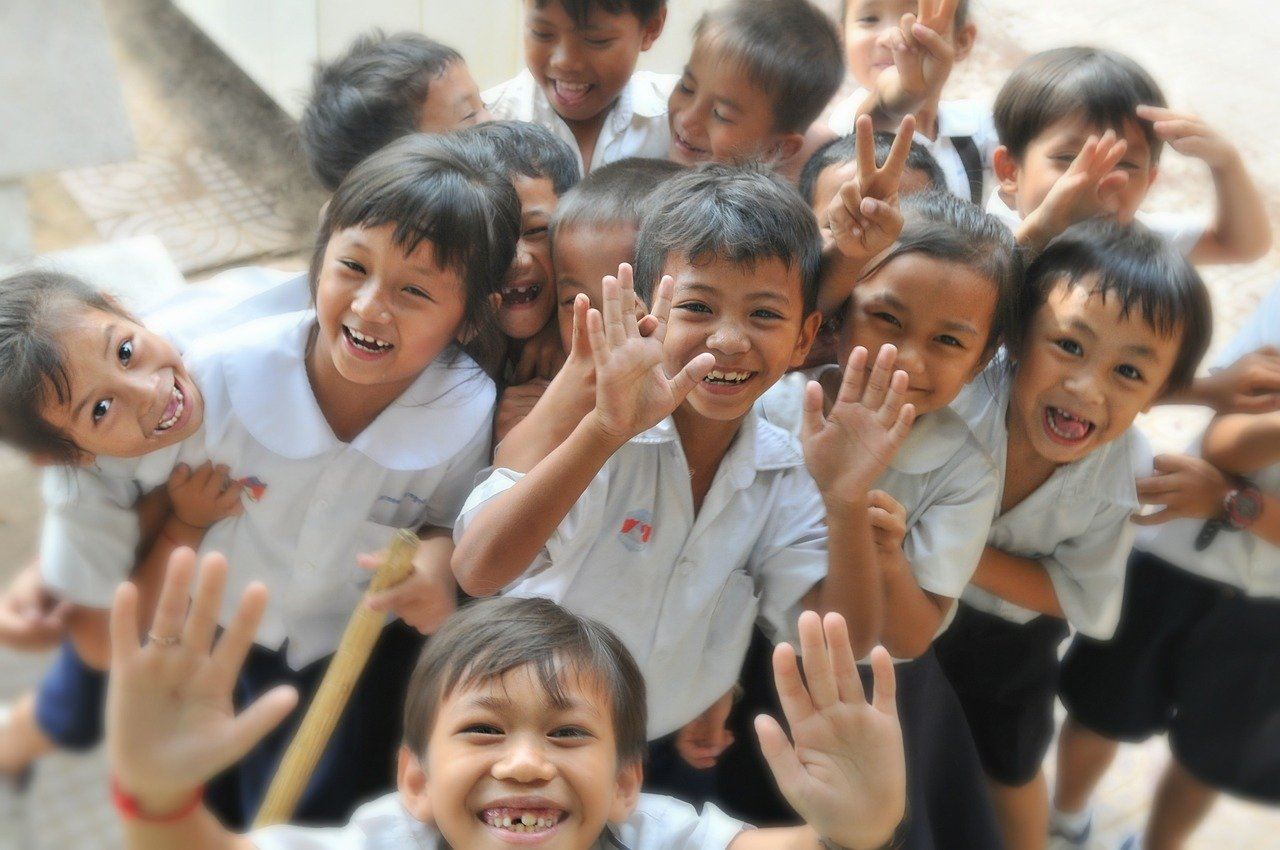 Conversely, racial similarities can mask differences. At the school where Danau conducted her research, the so-called Indonesian group was in fact a mix of Asian students from different countries, some who didn’t speak Indonesian.
Conversely, racial similarities can mask differences. At the school where Danau conducted her research, the so-called Indonesian group was in fact a mix of Asian students from different countries, some who didn’t speak Indonesian.
But because they all looked Asian, the teachers and other students thought of them as the Indonesians who were self-segregating.
▶Modeling behavior and language
Teachers also often don’t model the desired behavior or language for the students.
If a teacher shows they prefer to eat in the student cafeteria than in the staff lunchroom with local staff, as Danau saw in her research, or speak disparagingly of locals, as one Conversations participant put it, it’s not likely their students will learn to respect each other or show a genuine interest in the different cultures and peoples.
▶Curriculum, hiring practices
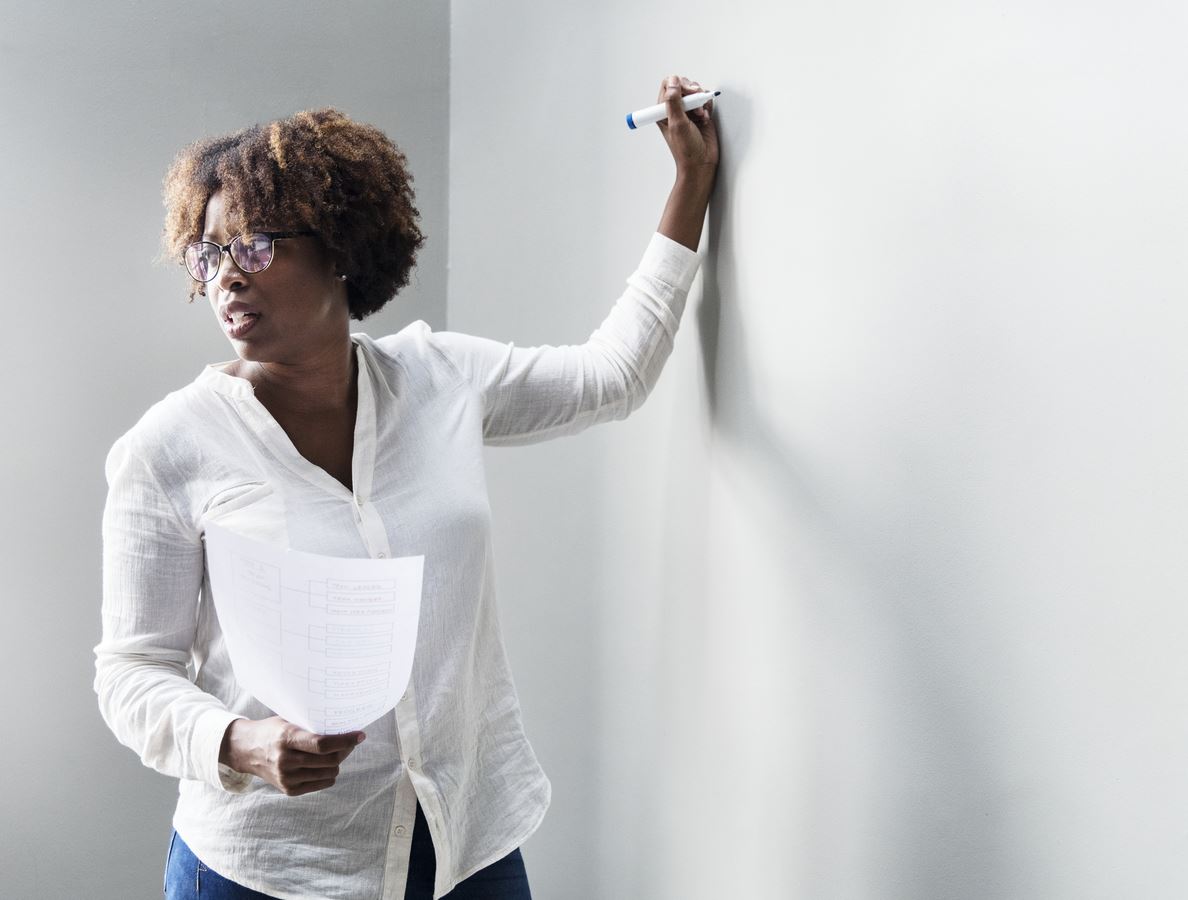 Curriculum content and hiring and professional development practices are also skewed to Western history, Western teachers, Western norms.
Curriculum content and hiring and professional development practices are also skewed to Western history, Western teachers, Western norms.
As put by one white American teacher whom Danau interviewed:
“And this is that whole idea of the hidden curriculum. It’s what we say we teach, which I believe we believe in and we’re trying to do, but by the very makeup of the institution, we are teaching this hidden agenda.... It’s not like anybody’s setting out to try to teach it, but it’s being taught because it’s our daily experience here…. I really believe that it’s an incredible [education] that we’re offering [here]…and the multiculturalism and all of those aspects that are powerful and good. But, there is this dark underbelly that isn’t being addressed there. I think it poisons the system….” (from Growing Up in Transit).
Parents’ perspective
International schools often claim that they are providing the services and education that parents want. Many parents want a Western-style “white” pathway, what they see as a ticket to success for their children, as one participant put it.
And so, as participants in the Conversation pointed out, the schools—many of which, make no mistake, are businesses—make sure to have mostly white teachers. International schools are not heavily regulated and are free to do as they see fit.

Where to next?
The current dominant model of internationalism in the schools is Western and everyone is expected to fit into that. Often, for a student to be “international,” they have to become Westernized to one degree or another.
As one participant pointed out, many of these international schools were originally set up in the 1960s/1970s for children of Western and white diplomats. The teachers were imported from the home countries to educate the children who would be continuing their studies in their home country. So these schools are in fact “Western” schools.
... visible diversity may mask cultural similarity. ... , racial similarities can mask differences.
But to Westernize means students from other cultures and parts of the world are pressured to give up their culture and language—which form a part of their identities—to fit in.
Danau shared her vision for a different kind of integration, one that is not a one-way street.
What if, she asked, everyone integrated with each other? If everyone tried to integrate into other communities and to learn more.
Maybe that would ease the pressure to become Westernized. That way, maybe students could integrate but still retain their home-culture identities.
Appreciative inquiry: Strengths and capabilities
It’s not easy to hear about these issues and to see how we can make changes. But we know that as individuals and as communities we have strengths and capabilities.
Research has shown that when we consider things from a strengths perspective, we can think more creatively and generate more solutions than if we considered things from a problem perspective.
What if ... everyone integrated with each other? If everyone tried to integrate into other communities and to learn more.
Trisha encouraged everyone to reflect on our own strengths and how we have used those strengths in difficult situations in the past. Strengths such as the courage and ability to build connections between people, honesty, and humility.
Recognizing our strengths can remind us that we can draw on them to move towards a better future.
Ideas for moving forward
The Conversation concluded by brainstorming possible action points to move the agenda forward. Here are some of the ideas:
▶Accreditation bodies
▶Alumni
▶Schools, administrators, teachers
-
Spend time talking with the students. Provide safe spaces for them to have these difficult conversations. It’s powerful when students speak up.
-
It’s common to worry about students’ grades, but put the kids’ wellbeing first and foremost and affirm their identity needs. Where there’s no emotional stability, there can be no learning.
-
Be informed about up-to-date research on the needs of multilingual children and educate parents on the importance of teaching children the home language
-
Don’t blame the parents for the system; take a stand. Use evidence on the impact on the wellbeing and self-esteem of students and offer that to the parents.
-
Help teachers and administrators recognize their biases. It’s not that the teachers are purposefully trying to exclude kids or play favorites. Understanding their biases may help the adults model the behavior and language that they wish to see in their students.
-
Western white teachers (especially male) may be offered more leadership opportunities, but consider whether any local teachers or teachers who are Black, indigenous or a person of color may have been overlooked despite being more qualified for the job. Bring to the attention of administration that due processes are needed not just for hiring/firing but for internal growth opportunities.
▶Parents, wider community, FIGT
-
Seek coalitions of the willing and dedicated. Hold conversations more broadly and with more people—within and outside international schools.
-
FIGT, for example, could explore the topic further, possibly in focus groups, Affiliate discussions, and at FIGT2021. Ideas and feedback could be passed back to the leadership team and the Board.
Trisha brought the session to a close by thanking all the participants for their curiosity and openness to learn and to share and to commit to being a part of the change we want to make happen.
FIGT will keep you informed about the next conversations and actions we will be taking from this.
Resources
(In no particular order.)
▶Research
-
Tanu, Danau. Growing Up in Transit: The Politics of Belonging at an International School. New York and Oxford: Berghahn Books, 2017. (Paperback release in December 2020 – visit the FIGT bookstore for a 25% discount code. Read more about Danau’s work.)
-
Tanu, Danau. “Educating global citizens?” Inside Indonesia, 4 October 2010.
-
Meyer, Heather A. The Global Imaginary of International School Communities. Palgrave Macmillan (forthcoming).
▶Articles, podcasts, videos from the community
-
“182: Impressionable Young Minds with Jasmine Cochran.” Expat Happy Hour with Sundae Bean.
-
“Community Testimonies – Confronting Racism at SAS.” (A compilation of testimonies by alumni.)
-
A., Toyosi. “Black Lives Matter: An Open Letter to the AISB Community.” The Bite, 14 June 2020.
-
Anonymous. “I worked as a recruiter for international schools. The industry is racist.” Medium, 10 June, 2020.
-
David, Xoài and Reynolds, Anna Clara Fontoura Fernandes. “ODIS: A Student-Led Movement to Decolonise International Schools.” TIE Online, 3 September 2020.
-
Engel, Rachel. “An Open Letter to the International School Community: Our Role in the Black Lives Matter Movement and Anti-Racism Work.” Medium, 4 June 2020.
-
Llaban, Joel Jr. “Shared & Systemic Accountability: A Petition for Learning & Growing Together as Anti-Racists.” The International Educator (TIE Online), 18 June 2020.
-
Mizuta, Saeko. “The traumatizing gift of a global childhood.” TEDxFulbrightTokyo, February 2018.
-
Nyomi, Nunana. “International education perpetuates structural racism and anti-racism is the solution.” Council of International Schools Blog, 10 June 2020.
-
Nyomi, Nunana and Larsson, Jane. “A conversation on anti-racism and international education.” Council of International Schools, 3 July 2020.
-
Organisation to Decolonise International Schools. “Racism in the International Education Community.” Panel discussion, 23 July 2020. Hosted by Myra Dumapias of TCKidNOW and featuring Xoài David and Clara Reynolds (ODIS), Nunana Nyomi (Council of International Schools), and others.
-
TCKs of Asia. “Language & Power: Stories from Asia.” Open forum (recording), 8 February 2020.
-
Uzunova Dang, Marija and Singh Uzunov Dang, Arvin. “TOK IB: 4 reasons to teach Knowledge and Politics in the new TOK – Oxford International Education.” Oxford Education, 5 May 2020.
▶Organizations and initiatives
Bios
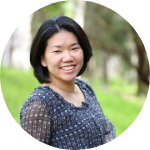 Danau Tanu, PhD, is an anthropologist and the author of Growing Up in Transit: The Politics of Belonging at an International School—the first book on structural racism in international schools. She is an Honorary Research Fellow at the University of Western Australia and will be commencing as a Visiting Research Fellow at Waseda University in 2021. Danau is also a Co-Chair of the Families in Global Transition (FIGT) Research Network Affiliate and a Co-Founder of TCKs of Asia.
Danau Tanu, PhD, is an anthropologist and the author of Growing Up in Transit: The Politics of Belonging at an International School—the first book on structural racism in international schools. She is an Honorary Research Fellow at the University of Western Australia and will be commencing as a Visiting Research Fellow at Waseda University in 2021. Danau is also a Co-Chair of the Families in Global Transition (FIGT) Research Network Affiliate and a Co-Founder of TCKs of Asia.
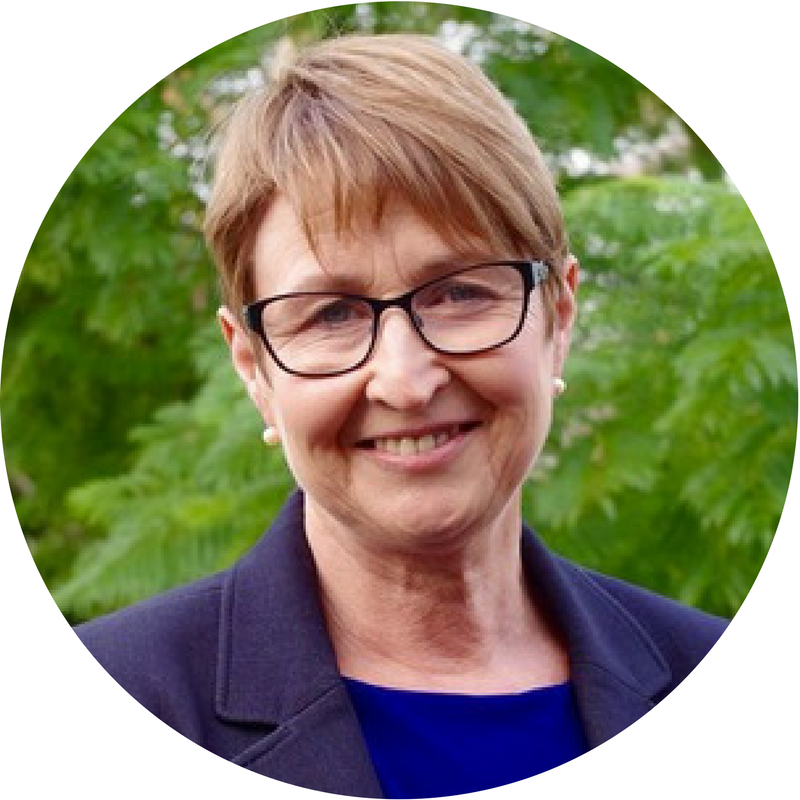
Trisha Carter is an organizational psychologist, working in the areas of cultural intelligence and cultural integration, building global skills and leadership capability, managing change, and developing resilience. She delivers training and coaching to a range of corporate and public sector organizations from her home base in Sydney, Australia. She has served on the FIGT Board since October 2017. Contact her at secretary@figt.org.

If you’re not yet an FIGT member, we would love you to join us and be a part of our supportive, learning community of globally minded individuals around the world. Find out more at Membership.
And please join us on Facebook, LinkedIn, or Twitter and sign up to our newsletter to get updates!
[Written and edited by Ema Naito, Danau Tanu & Trisha Carter]
